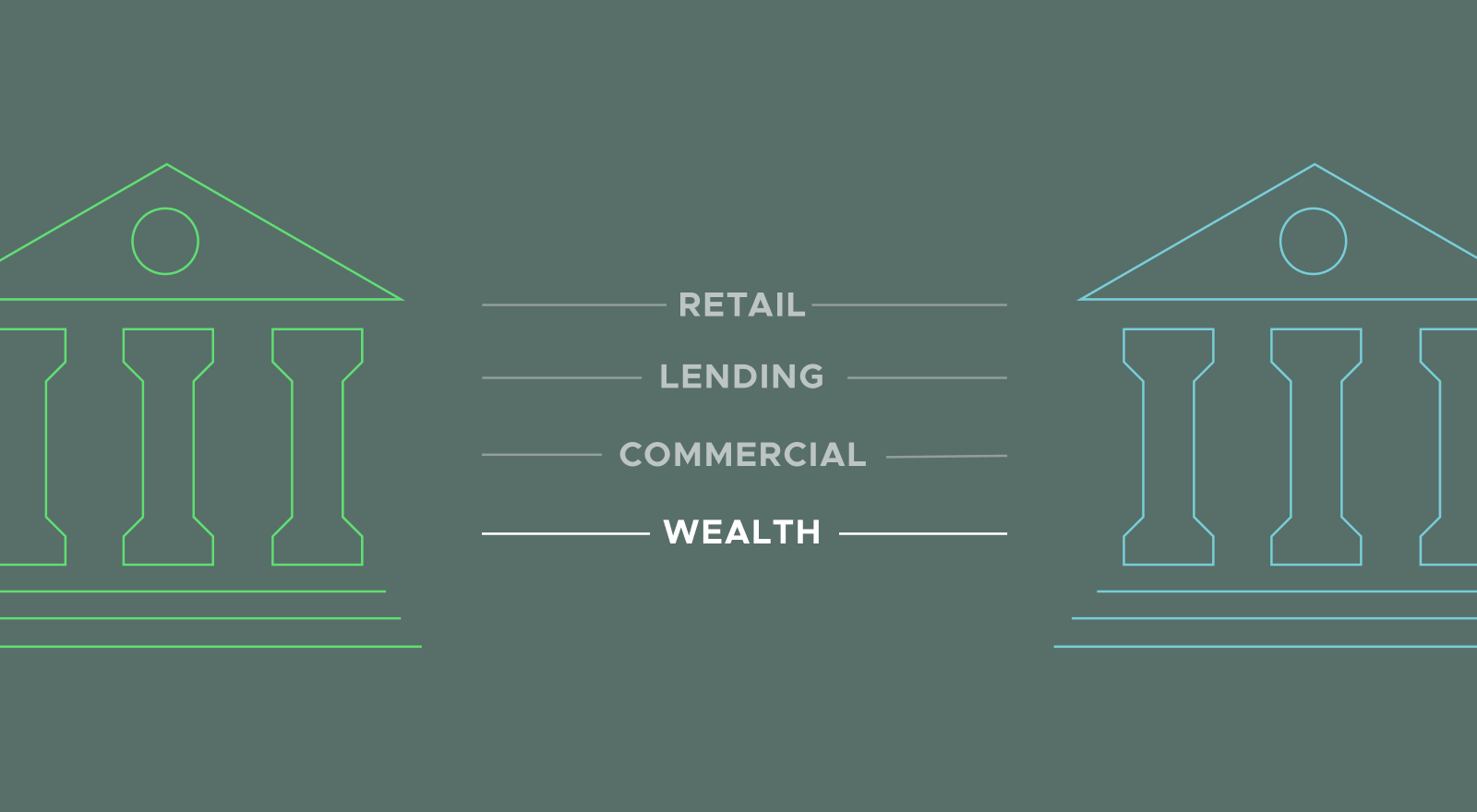
Imagine an instance where a large wire request went through your firm’s funds transfer approval process only to learn that the process had loopholes that allowed a fraudulent request to take millions out the door. Or imagine taking weeks to open a new client account because action items were lost. If your firm has antiquated processes, this pain is all too real. The ramifications lead to all kinds of risk…reputation risk, regulatory risk, and financial risks to name a few.
Every day wealth management firms face serious risks from every direction—cyberattacks, fraud, money laundering, regulatory requirements, and even human trafficking. In addition to responsibly managing investments for clients, firms must protect their clients’ personally identifiable information (PII) and limit crime. It only takes one incident to ruin a firm’s reputation, incur substantial fines, or both.
Unfortunately, many wealth management firms are significantly behind adopting the technology that helps them combat these risks. They also lack the technology that can meet the demands of modern client expectations. They usually have antiquated back-end processes that have evolved over time with a series of patches and handoffs rather than a well-planned, efficient process.
By streamlining processes and controls through an exercise that we, at F2, refer to as strategic process and risk management design, firms can empower themselves to strengthen controls against criminal activity such as cyber-attacks while designing experiences that further delight their clients.
What is Strategic Process and Risk Management Design?
Strategic process and risk management design helps wealth management firms address efficiency and strengthen controls while enhancing the client experience. Through a current process audit, firms can identify gaps that expose the firm and its clients to risk and remediate areas where criminals can take advantage of the firm. Besides control gaps, firms can also identify changes that improve their overall client experience – ways to delight them, in fact. Adding new technology, such as workflow automation, can speed up traditionally slow actions such as account opening, or automate some controls that crosscheck activities, reducing the risk of human error.
Where Should Firms Start?
Great question. The place to start is by gathering and consolidating an inventory of processes. Then, prioritize which processes to start with based on current initiatives or known issues – such as existing audit findings. From there, a facilitated process collaboration session will identify areas where you can quickly implement near term enhancements and empower firms to identify longer term actions that can be integrated into strategic vision and ultimately implementation.
What Are Some Additional Benefits of Process Workflow Design?
Going through the exercise of process design will provide for a baseline of processes that can be repurposed. Having a current inventory of processes isn’t just a “nice to have” – it’s essential to manage efficiently in today’s ever changing business environment. Having a current “library” of processes will allow firms to manage change on an ongoing basis and prepare for digitizing experiences from the front of the process to the back. By putting a strategic process and risk management structure in place, firms can keep end-to-end processing efficient and protect against an onslaught of risks.
Who Needs Strategic Process and Risk Management?
All wealth management firms from large bank trusts to nimble RIAs should have a program in place to manage their processes to address and mitigate risks. All firms, no matter size, are exposed to risk. Each firm’s experience will be different depending on how their processes and technology have evolved over time. Change is never-ending and will always exist. All firms should begin to adopt this kind of program so they can stay one step ahead of cybercriminals while positioning themselves to continually improve processes and adopt the latest technologies coming to market.
Schedule a discovery call to learn how we can help you establish or strengthen your strategic and process risk management programs.





